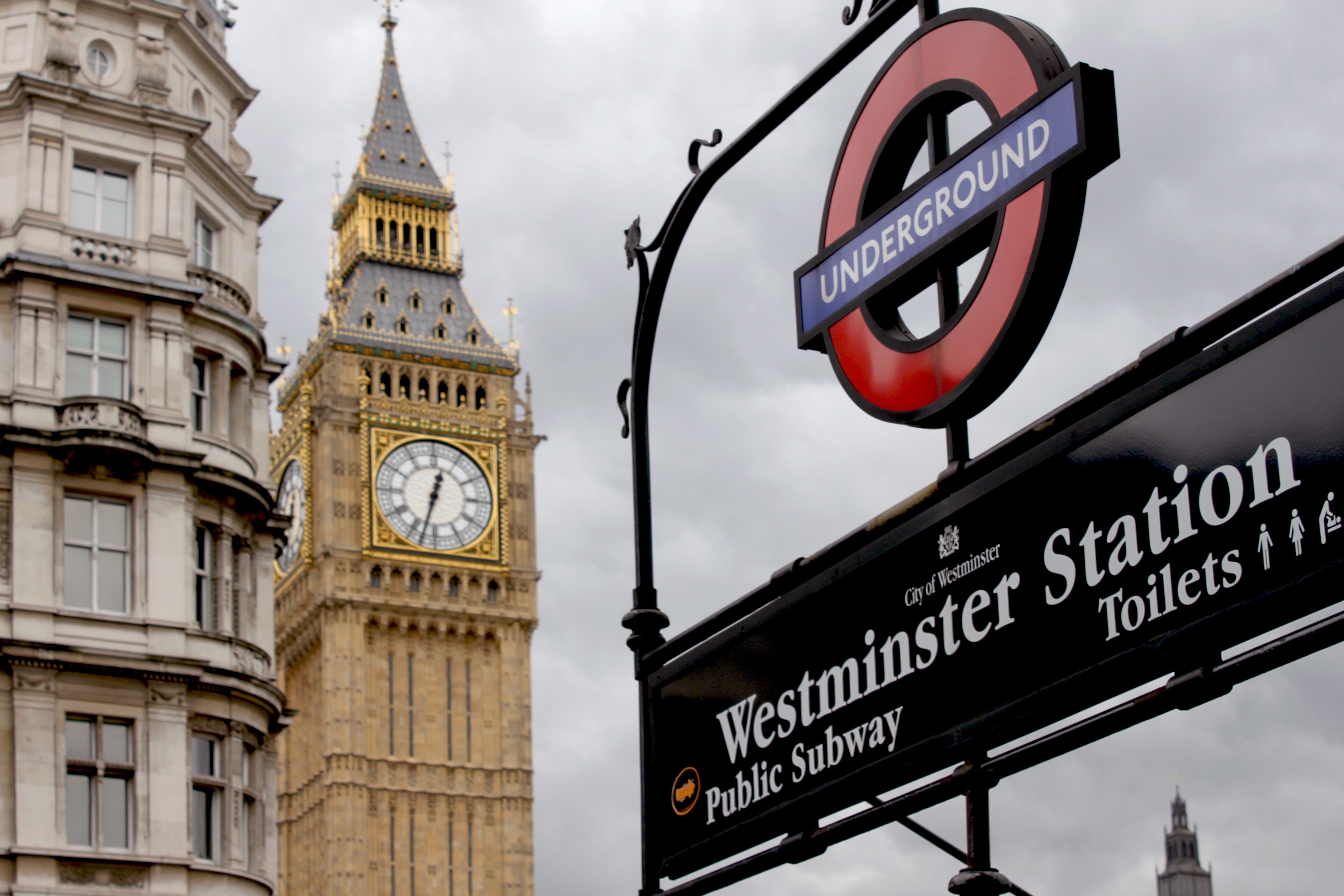Originally published in The Street
By Debra Silversmith
Two much bandied about terms on Wall Street in recent years have been risk on and risk off. When risk is on, traders take chances. When risk is off, they take cover.
Janet Yellen acknowledged at the Federal Open Market Committee meeting in Washington last week that the central bank is risk off by adding the Brexit vote in the United Kingdom on June 23d as a reason it did not hike interest rates.
Should Britons decide to quit the European Union it “could have consequences for economic and financial conditions in global financial markets,” she said.
Normally, the Fed’s moves are based on domestic economic trends and projections; its dual mandate is to keep unemployment low and inflation near a 2% target.
Adding a future referendum in a foreign country into the decision-making mix, as Yellen did in a press conference after the announcement to keep rates steady, may not be a third mandate — but it is unusual.
The possibility of a Brexit increasingly has worried financial markets, as many, if not most polls in recent weeks have signaled “Leave” backers winning. This week, however, stocks flirted with record highs, as polls changed course and suggested that “Remain” will win.
Should the U.K. quit the EU, a fear in the U.S. is that the dollar will rise, and stocks will fall. Abandoning the EU could push the UK into recession and create heightened uncertainty for the broader European economy, which already is on shaky footing.
Markets also fear a spillover to the U.S., which is in the eighth year of economic expansion, albeit one that often has appeared anemic, despite unprecedented Fed stimulus.
In recent days, a flight to safety has occurred in much of the financial world, as bond yields plummeted. Earlier this week, the benchmark 10-year U.S. government note closed at its lowest level since December 2012 while the yield on Germany’s 10-year bund fell below zero for the first time.
In addition to the Brexit vote, Yellen cited a mixed economic picture in the U.S. — weak employment numbers and an increase in consumer spending — for the central bank’s decision not to boost the overnight lending rate.
The FOMC also lowered its forecast for rate increases in 2017 and 2018. Though the median forecast for 2016 remained two rate hikes, minutes showed that six of the 17 members believe rates will rise once this year versus one member at the March meeting.
The Fed has not raised rates since December, which marked the first increase since the global financial crisis almost 10 years ago. Stocks fell sharply in the weeks after that vote but later rebounded as it became clearer that the FOMC would not hike at its March meeting.
The next FOMC meeting is July 26-27, following the Republican National Convention on July 18-21 and during the Democratic National Convention, July 25-28.
Some cynics, of course, will wonder if Yellen’s caution will lead the Fed to adopt, informally, what might appear to be fourth mandate: keeping rates steady until after the presidential election in November. After its July meeting, the FOMC gathers next on September 20-21 and Nov. 1-2.
History, however, shows the Fed has not been reluctant to raise rates in a presidential election year. The most recent example was Alan Greenspan’s Fed hiking the fed funds rate, in June, August, and September of 2004 before Republican incumbent George W. Bush’s defeat of Democratic challenger John Kerry.
So, blatant, or even subtle political motivation is extremely hard to imagine; the Fed, after all, wants to maintain its independence.
It’s also just as difficult to believe the Fed would stay on the sidelines, or risk off, as they say today, if employment and inflation data were to show an unambiguously fast-growing economy.
Debra Silversmith is Chief Investment Officer for First Western Trust in Denver.

